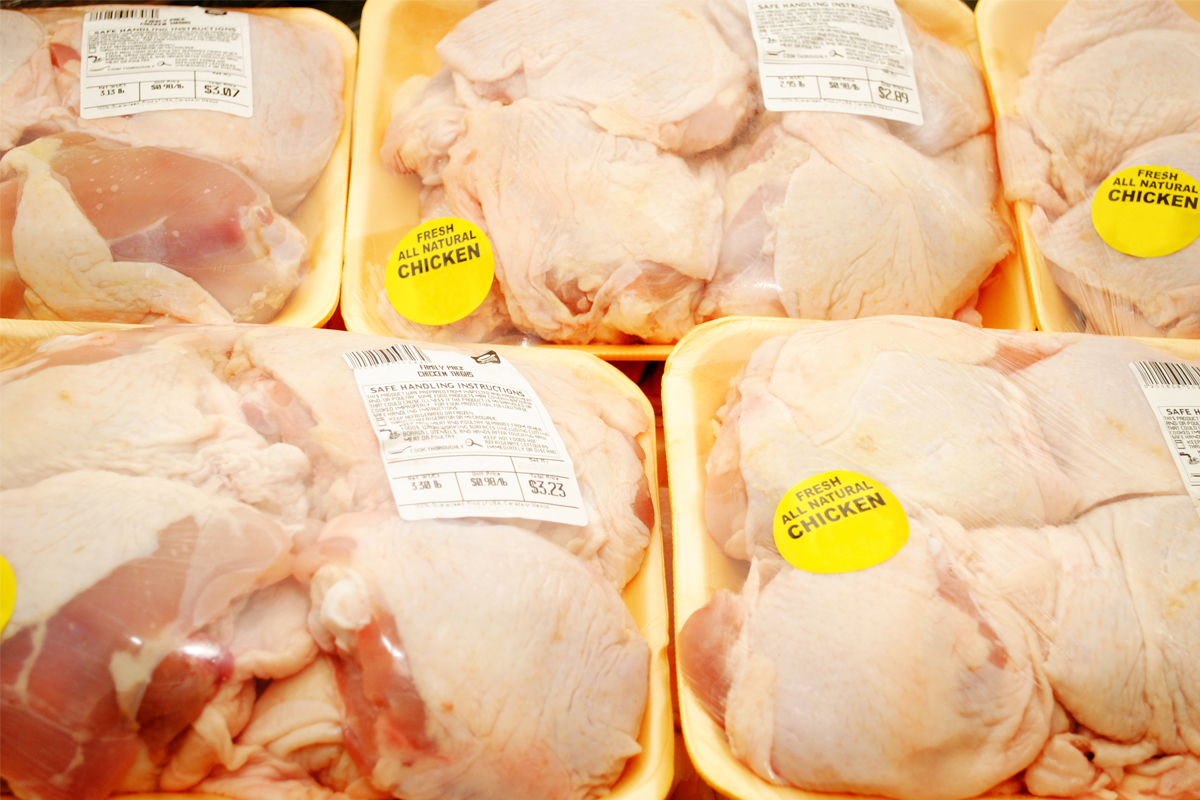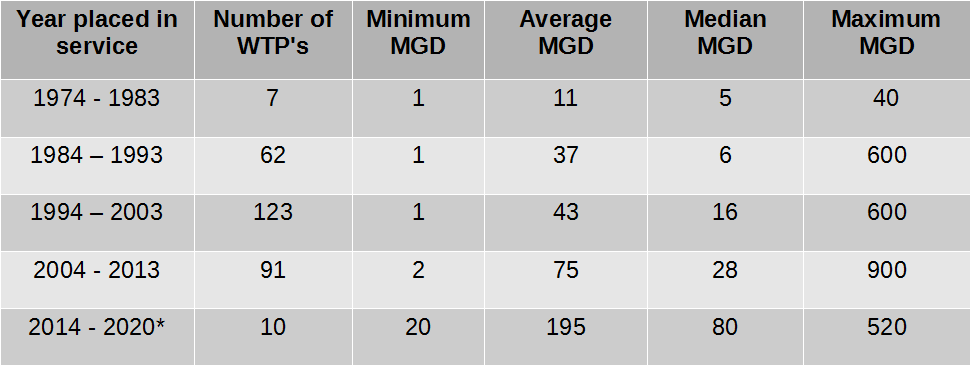TUCKER, Ga. – New

The CP-based system is an alternative to traditional, non-thermal antimicrobial interventions, which include water-chilling poultry in a chlorinated solution and maintaining safe temperatures during the processing and storage of the products.
According to the USPOULTRY summary of the findings: “There are a number of advantages with this packaging system compared to alternative treatments, such as eliminating pre-packaging treatment requirements, adaptability for use with any size and type of package and treatment time, having no chemical residues after treatment, and cost effectiveness.”
The research summary quantifies the effectiveness of the technology, which found across-the-board reduction in spoilage-causing microbes in chicken breasts packed in air, including: Campylobacter (reduced by more than 90 percent) and Salmonella (by 60 percent). Similar reductions in Campylobacter were found in breast meat packed in oxygen and carbon dioxide atmospheres but there were no reductions in Salmonella levels. The appearance of ozone-enhanced products was affected, as the product color was reported to be lighter or paler after storage while changes in pH and drip loss were not significant.
Achieving optimum results using the CP technology requires 60 kilovolts for 60 seconds and the ideal packaging atmosphere is 35 percent oxygen, 60 percent carbon dioxide and 5 percent nitrogen.
The research summary concludes: “The expected reduction is more than 90 percent in spoilage microbes and Campylobacter and 60 percent in Salmonella after five days of storage at refrigerated temperature.
Looking for an ozone system for poultry or food processing? Follow link below for information on what we can offer:
https://www.oxidationtech.com/products/ozone-water-system.html


Pingback: Homepage